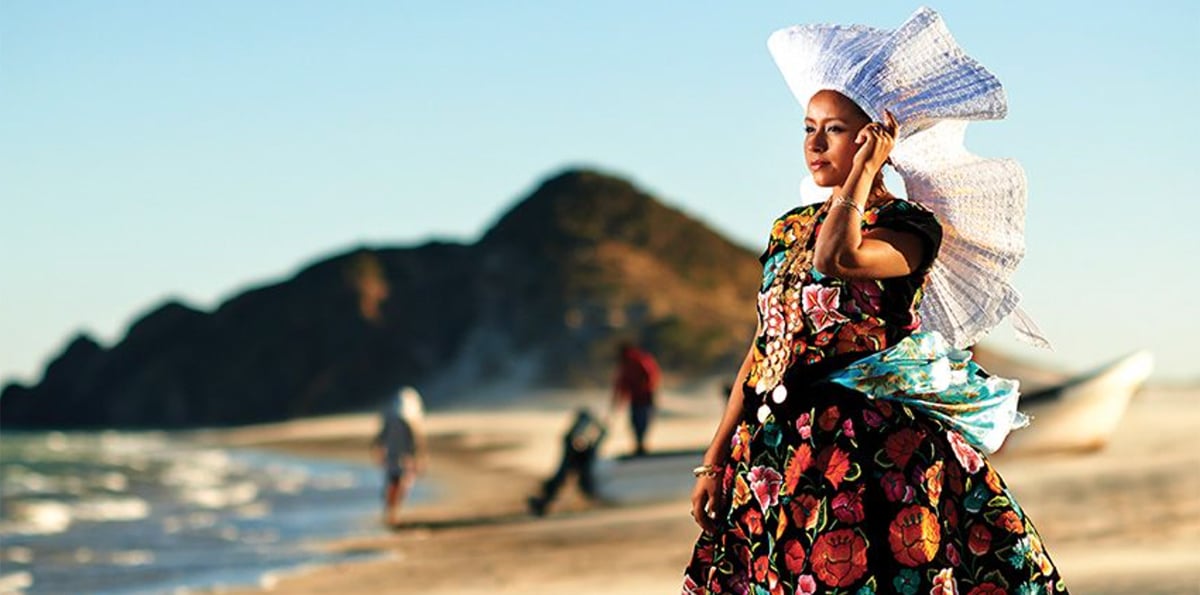
The typical costumes they interpret the customs, traditions, everything related to the land and its people, its culture, its religion, its gastronomy, its music. We can advance in time, add progress, inventions, that the years weigh on the backs of the nations, but the typical costume will always be there to remind us of the past, the origin, the history. Who we are and where we come from.
That is why there is usually not a single typical costume and again, in the case of today, we come across several versions of the typical costume of Oaxaca.
Oaxaca
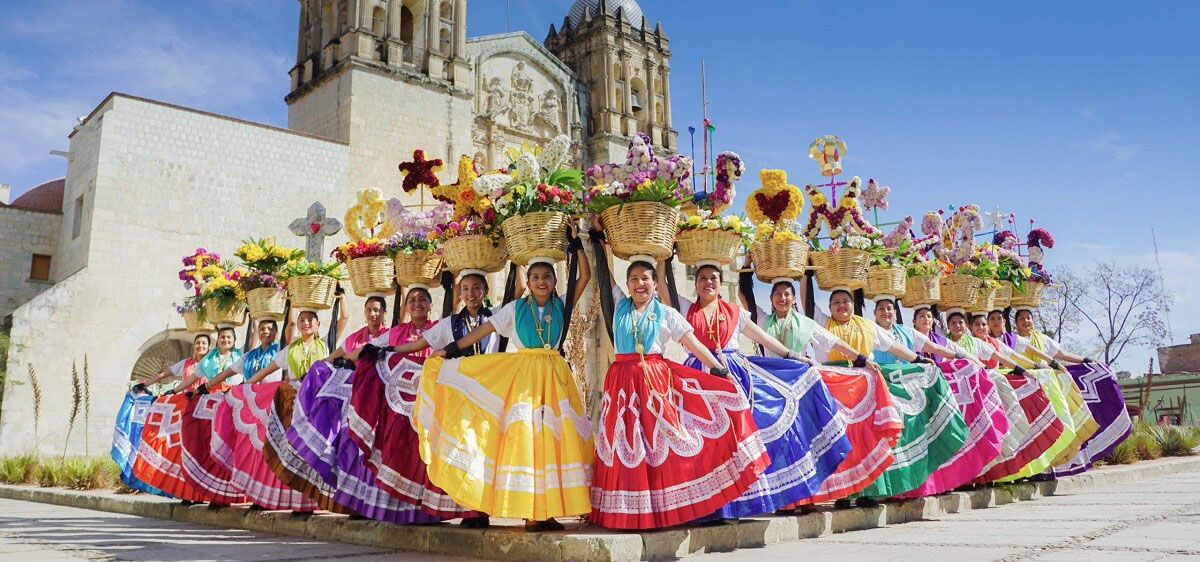
In the southwestern region of Mexico is the state of Oaxaca, a site with a large indigenous population. In fact there are 16 ethnic groups and it is a wonder that so many of their customs have survived.
Mountain ranges, rivers, caves, caves, all that characterize its geography. It is a land of varied climate and with a great biodiversity. Due to its huge indigenous population and the Spanish colonization it is land of religious syncretism.
Oaxaca celebrates all the saints, but the best festival of all is that of December 18, the patronal feast of the Virgen de la Soledad. Obviously, there are other virgins who are also very celebrated.
Typical costume from Oaxaca
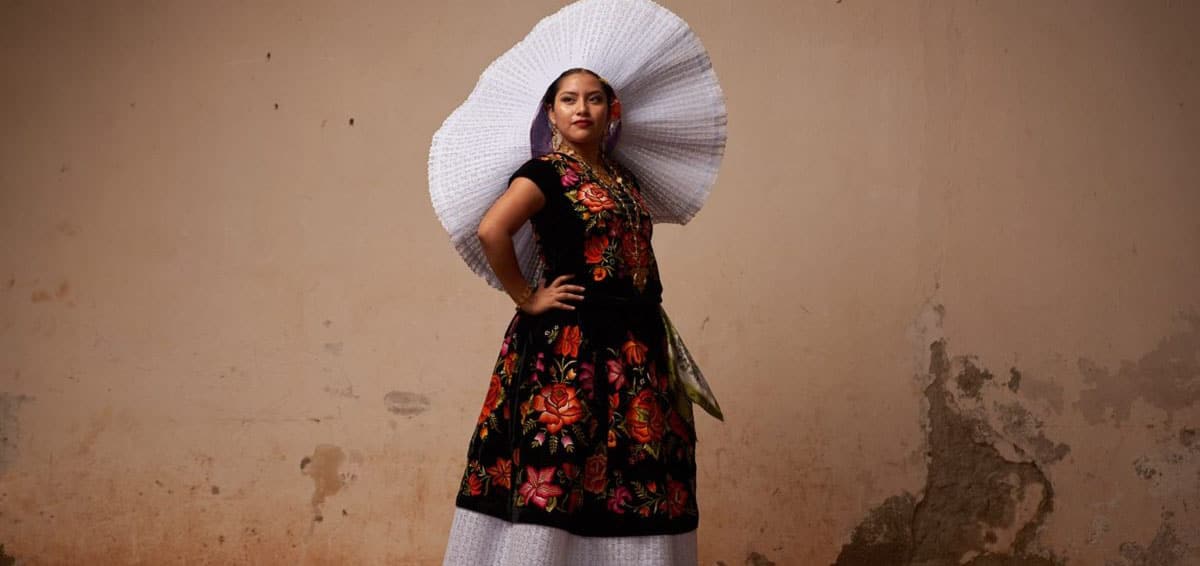
One of the most popular typical costumes in Oaxaca is that of Tehuana, that style that the artist made known so much Frida Kahlo. It is the female costume of the Zapotec ethnic group, a people that inhabited the isthmus of Tehuanpetec. This is where the suit originated, which later expanded its use and is seen in many celebrations today, despite the passage of time and the constant modifications it has undergone.
There is an everyday outfit: consists of a rabona, long skirt, with an embroidery and made of any fabric. There is a a little more elegant version in which a white olán from another fabric is added. How is a half gala suit the hairstyle becomes important. If the woman is married, she uses the flower guide lace on the right and if she is single but looking for a husband, on the left side.
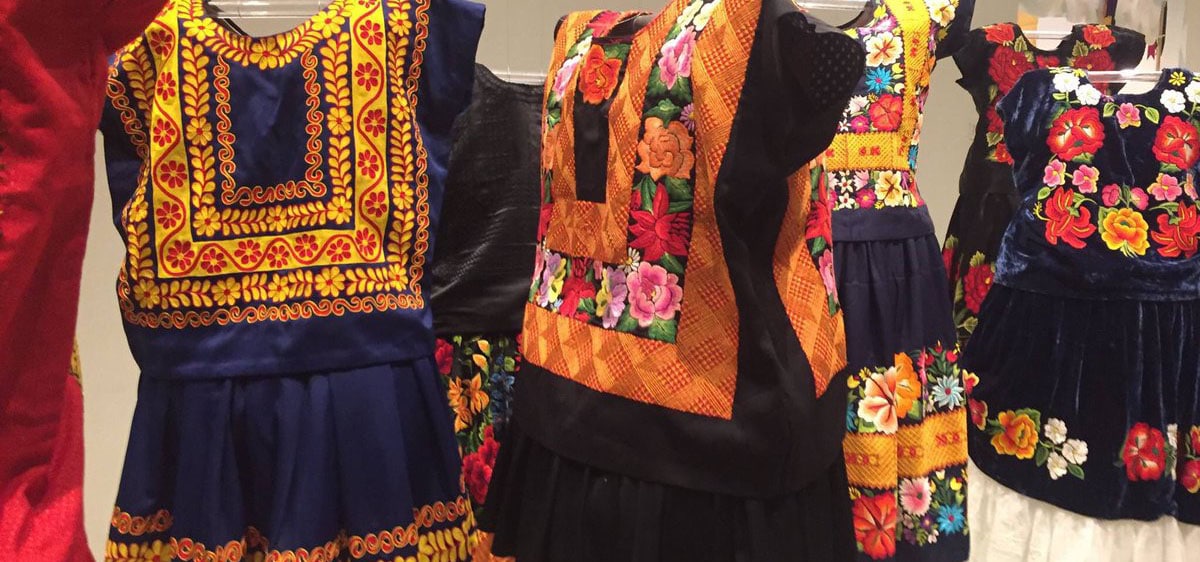
La gala version proper already has earrings, petticoat and the classic huipil that we see in several Latin American countries. The hair is worn with braids with bows and a coin on the head. The huipil is huge and can be worn in two ways: a smaller side is used for celebrations and a larger side is used for a walk or for dancing. There is another even more refined version known as Stewardship patron where there is a worm fringe made with gold and that appears in the time of Porfirio Díaz.
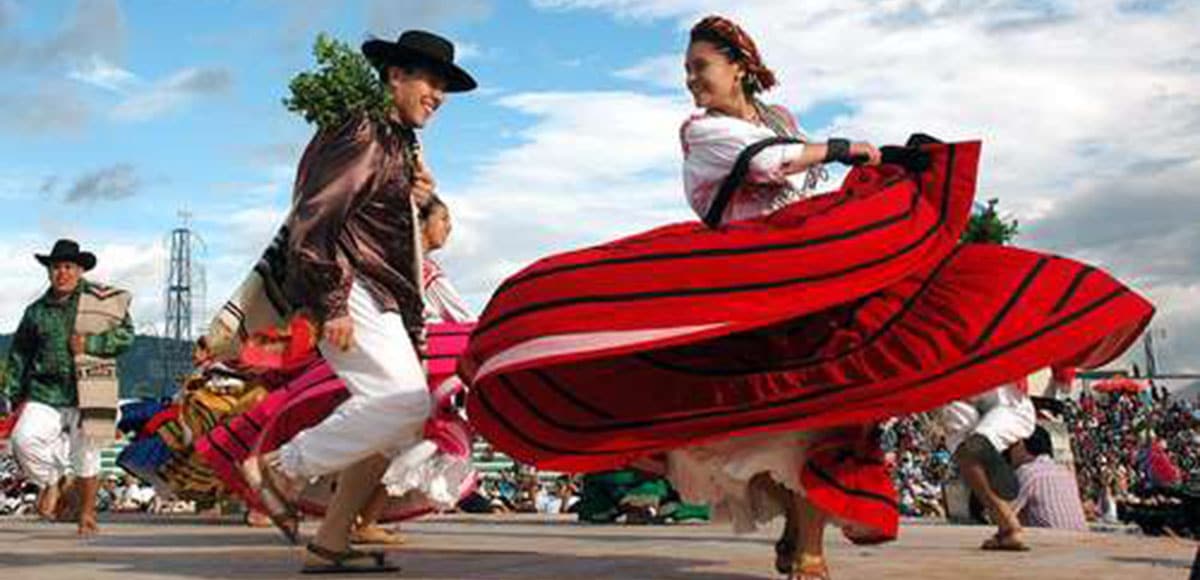
Later, in the southern part of the central valleys of the state, the so-called chenteña costume. Indigenous and colonial mix, here we have a brightly colored handmade cotton skirt, with a heavily embroidered cotton blouse on the front, worse with a black shawl.
In the town of Coyopetec, in the Valley of Oaxaca, the coyotepec costume: the fabric is plaid and the huipil, the common denominator on all sides, is embroidered on the neckline and made of white cotton. The shawl is black and wraps around the head like a turban.
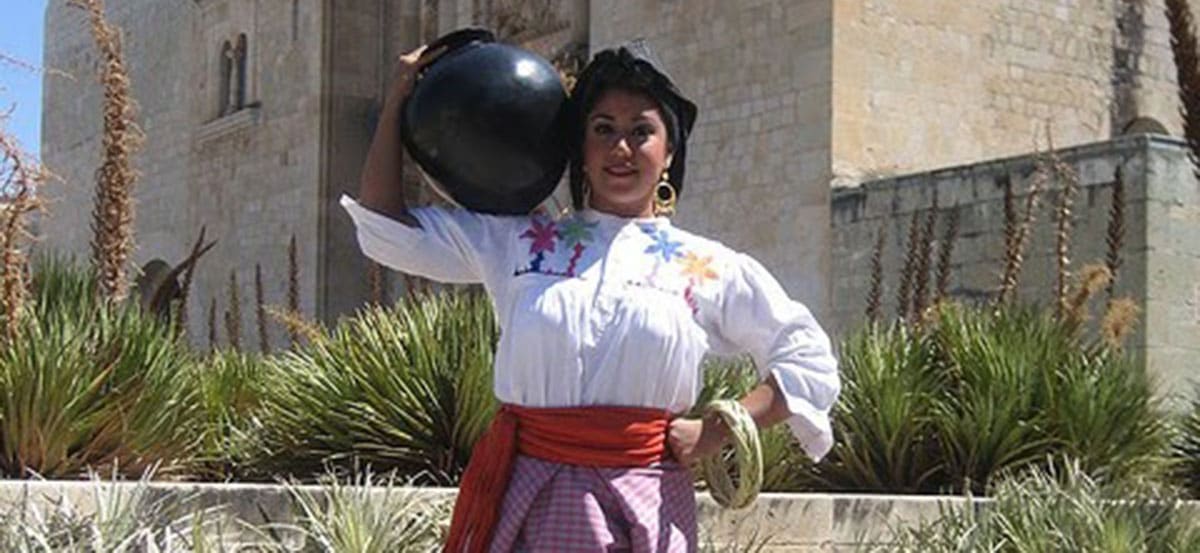
For its part, in the Sierra Mazateca, the huipil has a front embroidery with cross stitch in very vibrant colors. The embroidery is usually of local flowers and birds. There are also pink and turquoise blue ribbons. At the bottom of the huipil is the petticoat decorated with reddish embroidery. The women comb their hair with two braids and when they dance they do so with a gourd in their hands full of flower petals that they throw away.
Another beautiful typical costume is the malacatera costume from Jamiltepec. It is so called because whoever makes it uses winches to spin cotton. It is dyed lilac and red and the girls wear buns in the head where the winch needles are fitted.
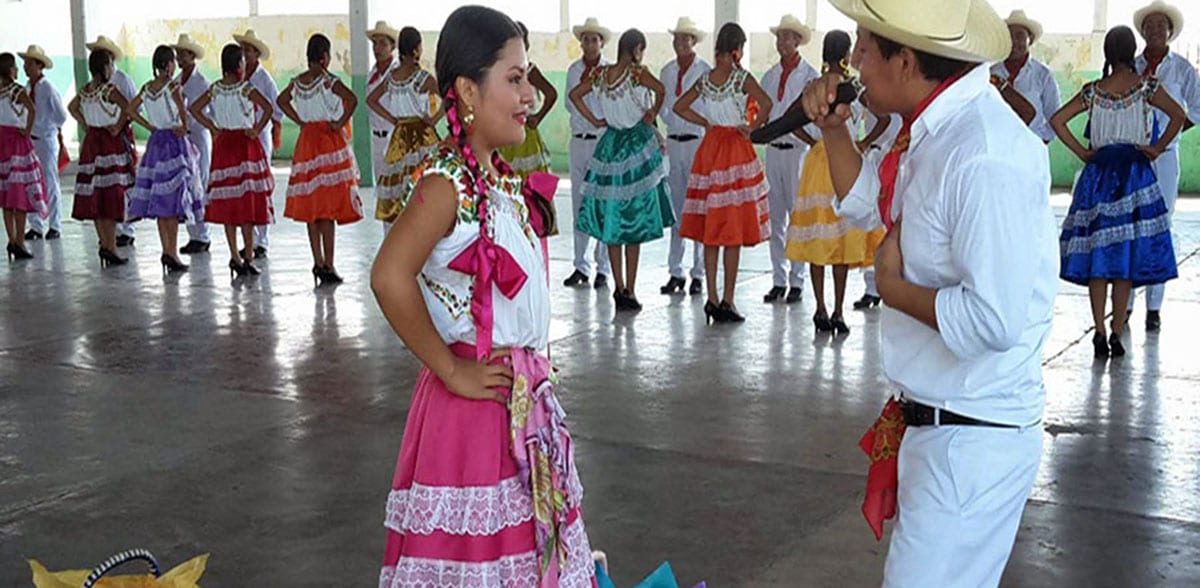
In the coast of the isthmus of Tehuanteepec The Huave ethnic group lives. It's really hot here so the classic huipil is light, The skirt is long and printed with flowers and they have a red tangle. Far from the sea, In the Sierra Mixteca, there is the Triqui suit. Here the huipil is long and red and has many embroidery. The women braid their hair into a single braid adorned with combs, and many colorful necklaces hang from their necks.
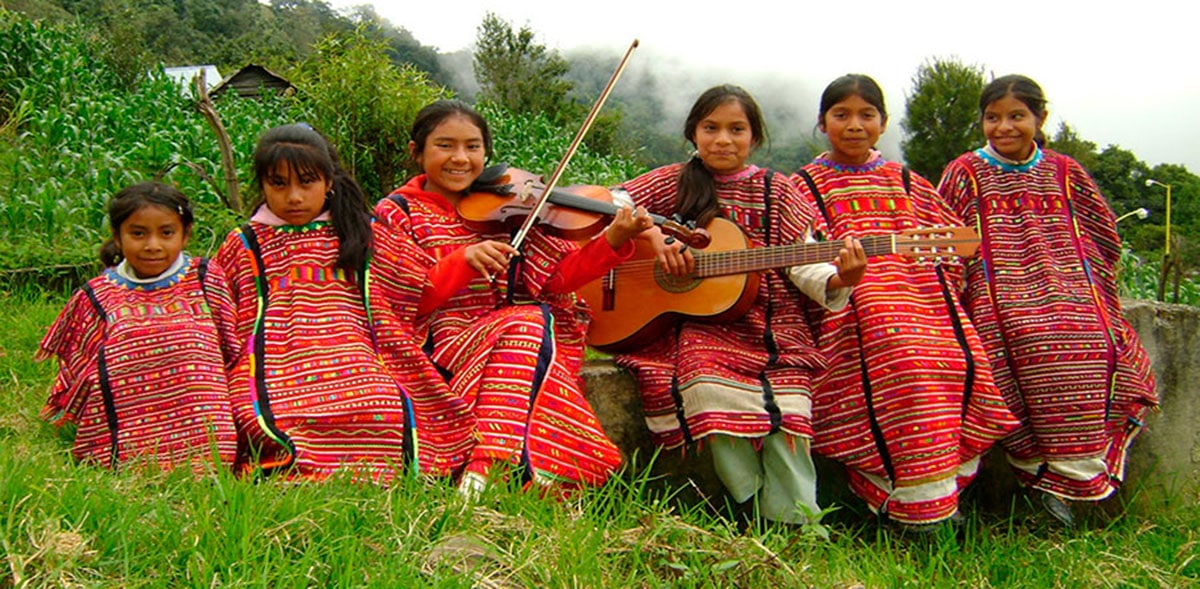
So far we have named some of the many typical Oaxaca costumes that there are, but they have all been for women. What about the typical costume for a man from Oaxaca? Well there are also several, but obviously it is about outfits more simple. It is usually made up of shorts, a shirt, sandals, sometimes wool or palm hats.
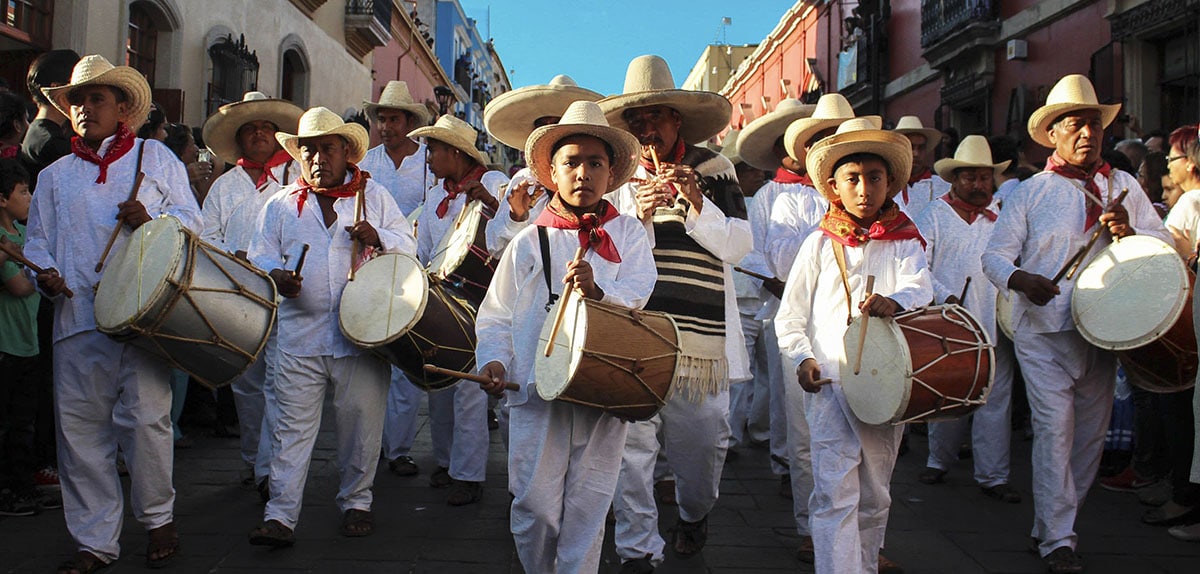
The truth is that despite the many costumes in general, the common denominator is preserved: the huipil. Shorter, longer, more embroidered, less embroidered, and it has multiple uses because it is for every day or for more serious events such as weddings or funerals. yes, it becomes more colorful at parties where there are dances.
I think any of these outfits is an ode to color and playfulness. They are wonderful and seeing them on stage, at dances and celebrations, is a pleasure for the eyes. Obviously, if you decide to go on a trip to Mexico, buying a huipil is always a good memory of your adventures. A good memory and a garment that will steal all eyes on the way home.